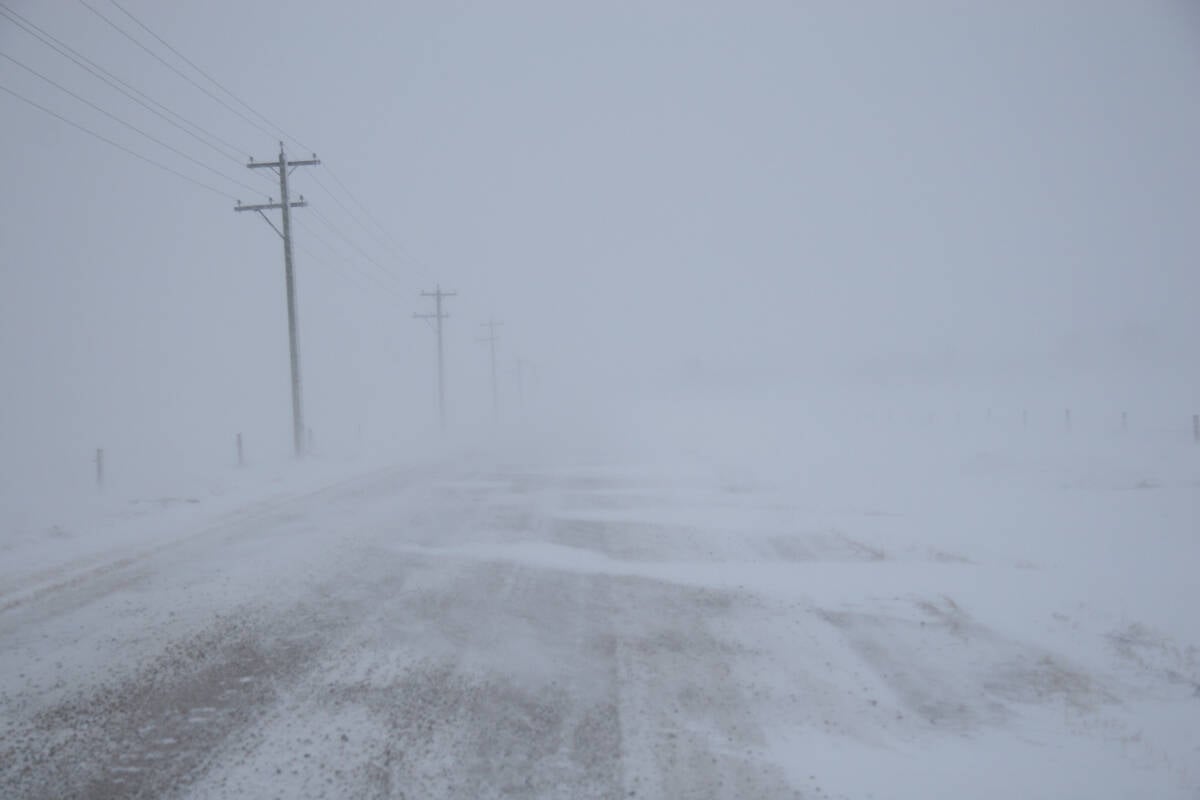MOSCOW, Russia (Reuters) — Russian winter grains have been largely unaffected by December-February weather and are doing better than usual, a state weather forecaster said March 7, suggesting good prospects for the 2017 crop.
Russia, one of the world’s largest wheat exporters to North Africa and the Middle East, harvested a record grain crop of 121 million tonnes last year, and this year’s crop is expected to be lower but still large.
Three to five percent of winter grains — 1.2 to two million acres — were estimated to be in poor condition as of early March, said Anna Strashnaya, an analyst at Hydrometcentre’s agricultural department.
Read Also

Volatile temperatures expected for this winter
DTN is forecasting a lot of temperature variability in the Canadian Prairies this winter. Precipitation should be close to average.
Russian farmers seeded winter grains on 43 million acres last fall for the 2017 crop, up from 40.3 million acres the previous year, and about three percent of the area was in poor condition that time.
A year ago, the share of winter grains in bad condition was 1.2 million, but the total area was smaller and the winter weather was very favourable. The average area in poor condition in recent years has been 2.7 million acres, Strashnaya added.
“Our forecast is optimistic. We believe that the sowings passed the winter better than they usually do,” Strashnaya said.
Compared with November, the condition of winter grains has improved in part of Russia’s southern and Volga regions, but warm weather worsened the situation in the northern part of the central region. The level of moisture in soil is good in almost all regions thanks to heavy autumn rains and deep snow during the winter.
“Our prospects for the harvest are good, but May and June are still to weigh in,” she added.














